The Saab JAS 39 Gripen

Who says the age of air superiority fighters is over? Certainly not Saab. Their latest high-tech aircraft is the Saab Gripen. Featuring a sleek delta wing shape and an aggressive canard, the JAS 39 is meant to be a fourth generation fighter that can go toe-to-toe with fifth generation counterparts. It features a fly-by-wire control system and is aggressively priced to sell to countries such as the Czech Republic, Thailand, and other friendly nations.
Price Meets Performance:
Swedish engineering has produced an outstanding example of a low cost, single engine aircraft equally comfortable with air-to-air engagements or close air support. It features a net-centric approach that allows Gripens to seamlessly communicate with one another or even link up with other NATO allies flying nearby. If the Gripen is called upon to do Close Air Support, it can take its cues directly from a forward air controller on the ground.
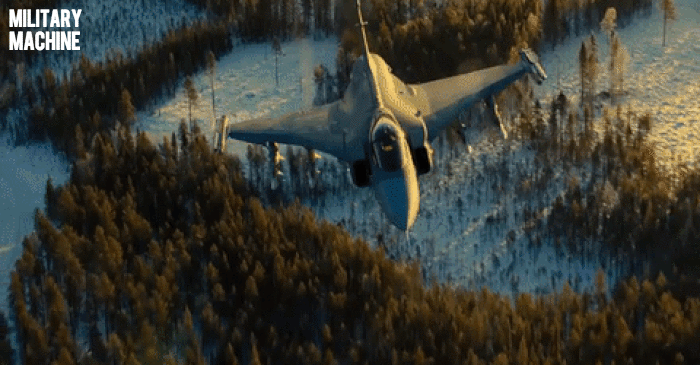
Variations:
While the Gripen C and D were the first major variants to fly, the Gripen E recently made its debut in 2016. It features an enhanced sensor suite, upgraded avionics deck, and the ability to take off and land on carriers. The major advance of the Gripen E/F is its active electronically scanned array (AESA). This gives the Gripen a fantastic way to track multiple targets throughout the course of the encounter.
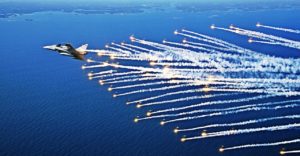
Foreign Exports:
Gripens have developed a long way since their first maiden flight in 1988. The newest version of the Gripen is referred to as the Super JAS. Initial customers include Sweden and Brazil. A very small number of these aircraft exist and are in use but that has not limited their involvement with NATO-led operations. Both the Czech Republic and Hungary, upon becoming members of NATO, respectively pursued the Saab Grippen. In the Czech Republic’s case, they found leasing to be a good option. Hungary was able to procure some older models for use.
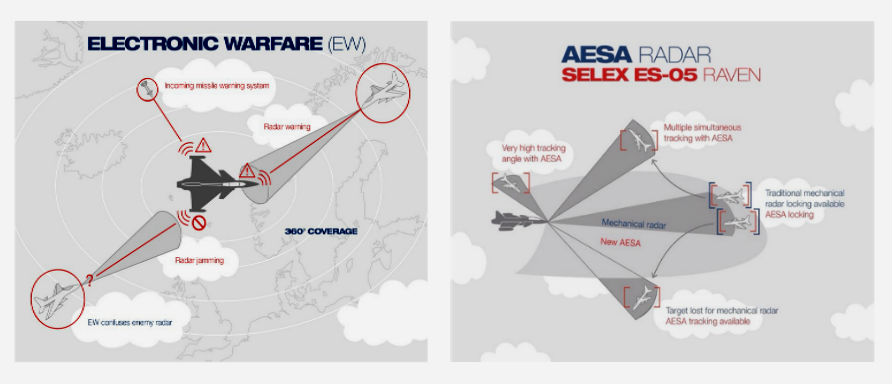
Future Relevance:
The biggest gripe about the JAS 39 came from a Swedish lieutenant colonel during a formal briefing to the Riksdag — the legislative arm of the Swedish government. Lieutenant Colonel Lars Helmrich of the Swedish Air Force told the Riksdag, in 2011, that the current Gripen would be outdated by 2020. While this may or may not be true, the Saab Gripen remains in demand as a modern jet fighter. It comes in much cheaper than the F-35 Lightening and unlike the F-35, it has a proven record of reliability under its belt. With the Gripen E being released in 2016, the Saab Gripen appears to have a firm place in the skies of the 21st century.
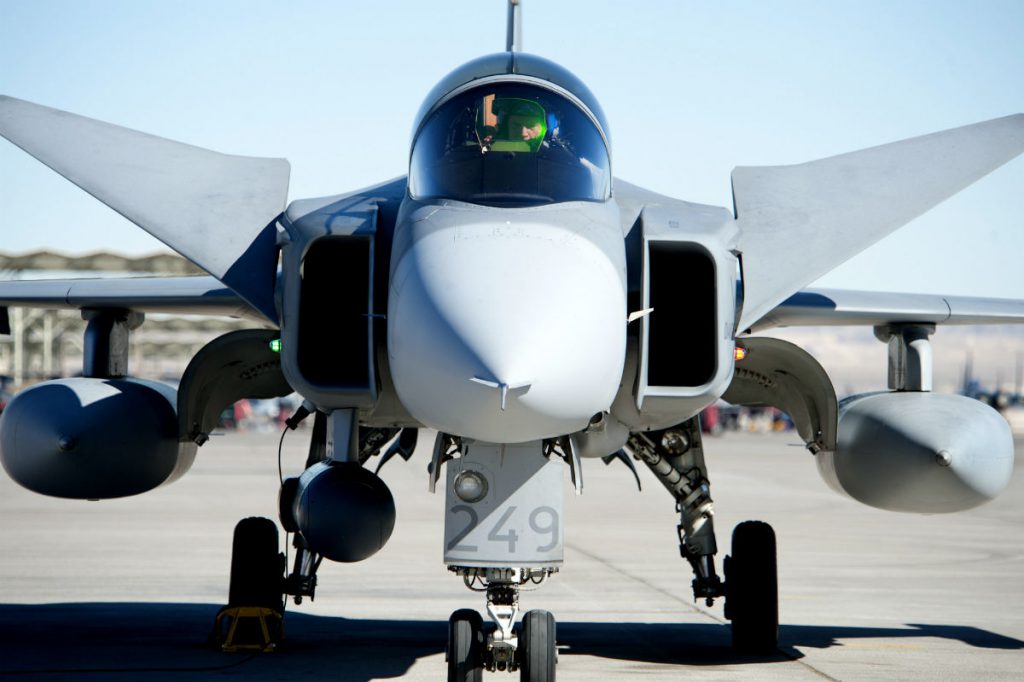
Cost:
In fact, the one concise thing that can be said about the Gripen is that it is a fantastic fighter jet at a terrific price. With an older model Gripen C retailing anywhere between $30 to $60 million dollars (USD), it’s a fourth generation fighter jet that is comparable to the F-16C Fighting Falcon. The F-16C retails for around $18.8 million but the fly-away cost trends up to $80 million. This makes the F-16C an understandable top choice for a lot of foreign militaries. The Gripen has a better range and has a fly-away cost of $85 million according to sources at the National Interest. This makes it not only competitive but extremely accessible to other European nations. With the ability to take off and land on an aircraft carrier, it’s also been eyed by India and Brazil.
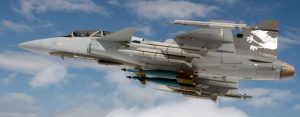
Powerplant:
The Saab Gripen is powered by a single Volvo RM12 afterburning turbofan. The Volvo RM12 produces a dry thrust of 12,100 lb-ft (54 kN) and 18,100 lb-ft (80.5 kN) with afterburner.
See Saab Gripen Specifications
| Length: 46 feet 3 inches (14.1 m); two-seater variants (D/F): 48 feet 5 inches (14.8 m) |
| Wingspan: 27 feet 7 inches (8.4 m) |
| Height: 14 feet 9 inches (4.5 m) |
| Max. Takeoff Weight: 31,000 lbs. (14,000 kg) |
| Maximum Speed: Mach 2 (1,370 mph, 2,204 km/h) |
| Ferry Range: 1,983 mi (3,200 km) with external tanks |
| Service Ceiling: 50,000 feet (15,240 m) |
| Crew: 1 (2 for JAS 39D/F) |

